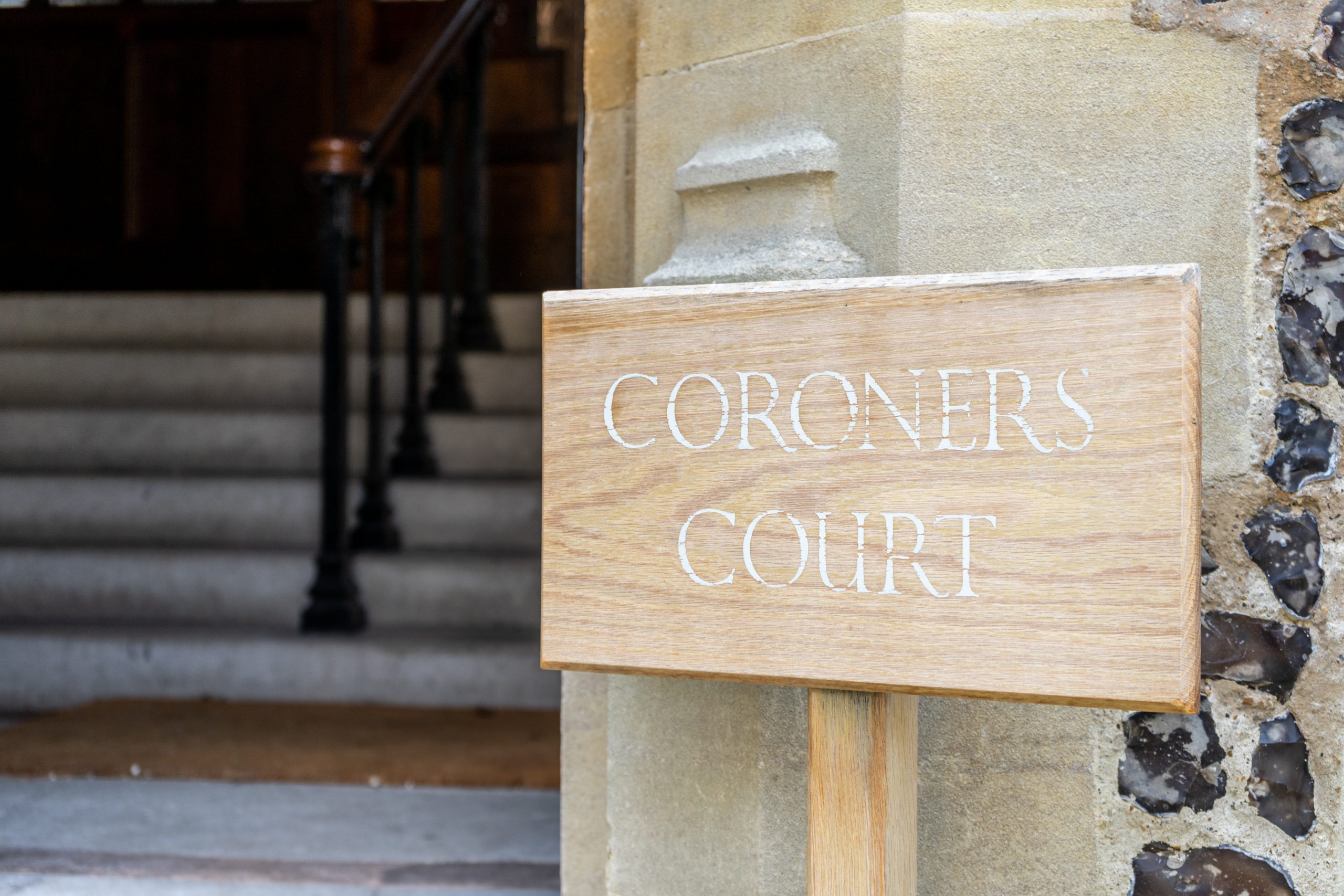Remedy and causation.

Assessing the likely remedial awards made by a Tribunal following a finding of discrimination is not straightforward. In particular, non-pecuniary awards of damages for personal injury can be difficult to quantify where there are competing causes.
In the recent cases of Shirin v. Barca LLP et al (ET, London Central) and Base Childrenswear Limited v. Otshudi (EAT, HHJ Eady QC sitting alone), helpful guidance is given on the issue of how causation should be addressed when some allegations are proven and some are not.
Background
Shirin
Shirin is a reported judgment as to remedy, so the background facts are not readily apparent. However, it is understood that the Claimant, of Bangladeshi origin, was employed by the Respondent legal firm and was constructively dismissed as a result of a repudiatory act in June 2016. The Claimant brought a number of allegations of racial harassment, only some of which were upheld.
The Tribunal made no award with respect to personal injury, finding that the illness complained of had not been caused by the proven acts.
Otshudi
The Claimant worked as an in-house photographer for just over 3 months’ when she was dismissed, ostensibly on grounds of redundancy. The Claimant made 6 discrete allegations of racial harassment and a separate allegation of racial harassment in respect of her dismissal. The 6 discrete grounds were dismissed (on jurisdictional grounds), but the allegation with respect to her dismissal was upheld.
The ET made awards with respect to injury to feelings, aggravated damages and personal injury. It also uplifted the award for ACAS failures.
The Tribunal awarded £3,000 for personal injury.
The Tribunal had regard to a medical report from a psychiatrist, which concluded that the Claimant had been depressed for 3 months following her dismissal.
Otshudi: Personal injury
The EAT found that the ET did not err in double-counting factors it had already taken into consideration under other heads when making an award of £3,000 for the psychiatric injury complained of.
However, it was correct that the medical report on which the Tribunal relied contained an opinion by the expert that had included consideration of the various detriments claimed by the Claimant but which had been dismissed by the Tribunal. Consequently, it was arguable that the evidential basis for the award was not sound.
The EAT found that the report:
“…was focused on her dismissal, albeit that this had taken place in the context of the Claimant having experienced difficult working circumstances and having a perception of past racial harassment. In any event, the ET was careful to remind itself that the only discriminatory act for which it was awarding compensation was the dismissal… It expressly considered whether it might be said that the Claimant had suffered any depression or other disorder as a result of those earlier incidents… but found that there was no evidence of that.”
Shirin: Personal Injury
As noted, the Tribunal found that some of the Claimant’s allegations of discrimination were upheld, some were not and further found that the Claimant had been exposed to a generally offensive and hostile work environment (albeit not discriminatory). The expert evidence took all these factors into account when assessing the Claimant’s condition.
The ET had specific regard to Thaine v. LSE [2010] ICR 1422. A full reading of the Tribunal’s review of the principles of this area is advisable. In short, however, the Tribunal noted that Thaine supported the position that:
- Apportionment of any proven injury to the extent of the Respondent’s contribution is supported by the weight of authority; and
- To discount an award by such percentage as would reflect the apportionment would accord with a sense of fairness.
It further cited BAE Systems v. Konczak [2014] IRLR 676, and noted that that case supported the position that any assessment of damages should take into account pre-existing disorders and the chance that the Claimant would have succumbed to relevant illness in any event.
It is also noted that an argument based on a material contribution test of causation (a line of argument arising often – but not exclusively – in claims arising from alleged clinical negligence) had been rejected in Thaine.
Considering the claims that had succeeded and those that had not, the ET stated:
“It would… be erroneous in our judgment to characterise the findings [on liability] by saying that 6 acts of harassment were upheld of the 21 factual claims and that, for that reason, these six acts materially cause[d] the Claimant’s illness. When put against the totality of the evidence, it is clear that the entirety of [the Respondent’s] behaviour was substantially greater than the upheld acts of harassment…
The conclusion we reach is that the evidence overall positively establishes that the Claimant’s illness… was caused by the entirety of the behaviour that she describes and her reaction to it…”.
Further, the Tribunal found that the expert evidence expressly took into account that the Claimant was vulnerable to PTSD and depression from predisposing factors, high anxiety due to the stress of the job and the habitual abuse suffered at the hands of the Respondent. All of these factors, contributing to the illness, were not acts of harassment as found by the Tribunal.
Comment
The EAT in Otshudi referred to the Court of Appeal guidance in Sheriff v. Klyne Tugs when considering whether the Tribunal had erred with respect to the award for personal injury and the need for causation to be established.
Much of that decision focused on a procedural issue regarding abuse of process and jurisdiction to make awards not relevant for present purposes. However, the Court of Appeal did identify that:
“…care needs to be taken in any complaint to an Employment Tribunal under [the then extant statute] where the claim includes, or might include, injury to health as well as injury to feelings. A complainant and his advisers may well wish to heed the advice of the editors of Harvey… to obtain a medical report.”
The Court of Appeal further noted that, unlike claims in negligence, the advantage of the statutory tort, from the Claimant’s point of view, is that all that needs to be established is a causal link between the alleged discriminatory act and the injury to (usually) the Claimant’s mental health.
The Tribunal in Shirin explored the difficult issue of proving causation and provided practitioners with a helpful summary of some of the principles applicable in this area.
It is apparent from the Judgments that care must be taken when obtaining, and then reviewing, expert evidence to determine what exactly the expert is basing their conclusions on. A failure by the expert to provide clarity on what matters or acts influence their opinion will be detrimental to the party relying on it at the final hearing. An award for personal injury will not be made where the evidence in support of the claim fails to provide a sufficient or focused link with the proven act of discrimination.










